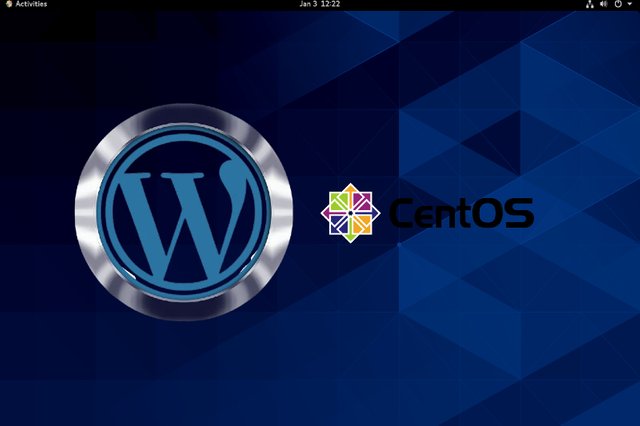Install WordPress with NGINX in CentOS
Setup:
This tutorial requires the user to have root privileges on the server.
Before working with WordPress you need to have LEMP (NGINX PHP MYSQL) on your server. If you dont have LEMP in your server you can set up those by following this tutorial.
STEPS:
- Download WordPress from the official website.
wget http://wordpress.org/latest.tar.gz
The above command will download the Zip file to the current working directory. Now unzip the file using the below command
tar -xzvf latest.tar.gz
2.Create WordPress Database and User
As we have already installed MYSQL on your server, Create a Database and user. If not installed go to the setup section in this tutorial.
mysql -u root -p
Log in using the root password and Create Database
CREATE DATABASE wordpress;
Then create a new user
CREATE USER wordpressuser@localhost;
Set password for the new user
SET PASSWORD FOR wordpressuser@localhost= PASSWORD("password");
Note: You can replace the database, name, and password, with whatever you prefer.
Refresh the MYSQL and exit
FLUSH PRIVILEGES;
exit;
3.Setup the WordPress configuration
Copy the sample configuration file to use
cp ~/wordpress/wp-config-sample.php ~/wordpress/wp-config.php
Now edit the configuration file
sudo nano ~/wordpress/wp-config.php
Find the section that contains the below fields and update with the correct Database, user and password
// ** MySQL settings - You can get this info from your web host ** //
/* The name of the database for WordPress /
define('DB_NAME', 'wordpress');
/* MySQL database username /
define('DB_USER', 'wordpressuser');
/* MySQL database password /
define('DB_PASSWORD', 'password');
Save and Exit the file.
4.Copy the files
Create a directory to store the WordPress files
mkdir /var/www/wordpress
Now copy the files to the created directory
sudo cp -r ~/wordpress/ /var/www/wordpress
Give ownership of the directory to the Nginx user
cd /var/www/
sudo chown nginx:nginx * -R
5.Setup NGINX server blocks
Now we need to set up the WordPress virtual host in Nginx. Although WordPress has an extra step in its installation, the Nginx website gives us an easy configuration file.
sudo nano /etc/nginx/conf.d/default.conf
Sample configuration file
#The default server
#
server {
listen 80;
server_name _;
#charset koi8-r;
#access_log logs/host.access.log main;
location / {
root /var/www/wordpress;
index index.php index.html index.htm;
}
error_page 404 /404.html;
location = /404.html {
root /usr/share/nginx/html;
}
# redirect server error pages to the static page /50x.html
#
error_page 500 502 503 504 /50x.html;
location = /50x.html {
root /usr/share/nginx/html;
}
# proxy the PHP scripts to Apache listening on 127.0.0.1:80
#
#location ~ \.php$ {
# proxy_pass http://127.0.0.1;
#}
# pass the PHP scripts to FastCGI server listening on 127.0.0.1:9000
#
location ~ \.php$ {
root /var/www/wordpress;
fastcgi_pass 127.0.0.1:9000;
fastcgi_index index.php;
fastcgi_param SCRIPT_FILENAME $document_root$fastcgi_script_name;
include fastcgi_params;
}
# deny access to .htaccess files, if Apache's document root
# concurs with nginx's one
#
#location ~ /\.ht {
# deny all;
#}
Changes have to be done in the above file
if you want to access WordPress with the domain name change the server_name _; with server_name yourdomain.com
Add index.php within the index line.
Change the root to /var/www/wordpress;
Uncomment the section beginning with “location ~ .php$ {“,
Change the root to access the actual document root, /var/www/wordpress;
Change the fastcgi_param line to help the PHP interpreter find the PHP script that we stored in the document root home.
Save and exit the file
Now restart the Nginx for the changes to take effect
service nginx restart or
systemctl restart nginx
6.Access the WordPress from your browser
If everything happens smoothly, you have your WordPress ready.
Access your WordPress with the server’s IP or domain name (If you configured it in the previous step)
http://< ip>
Congratulations, Now you have a strong base to build your site.
If you want to secure your site with a free SSL certificate, Follow this tutorial.If you encounter any issues, please do not hesitate to post a comment here.
